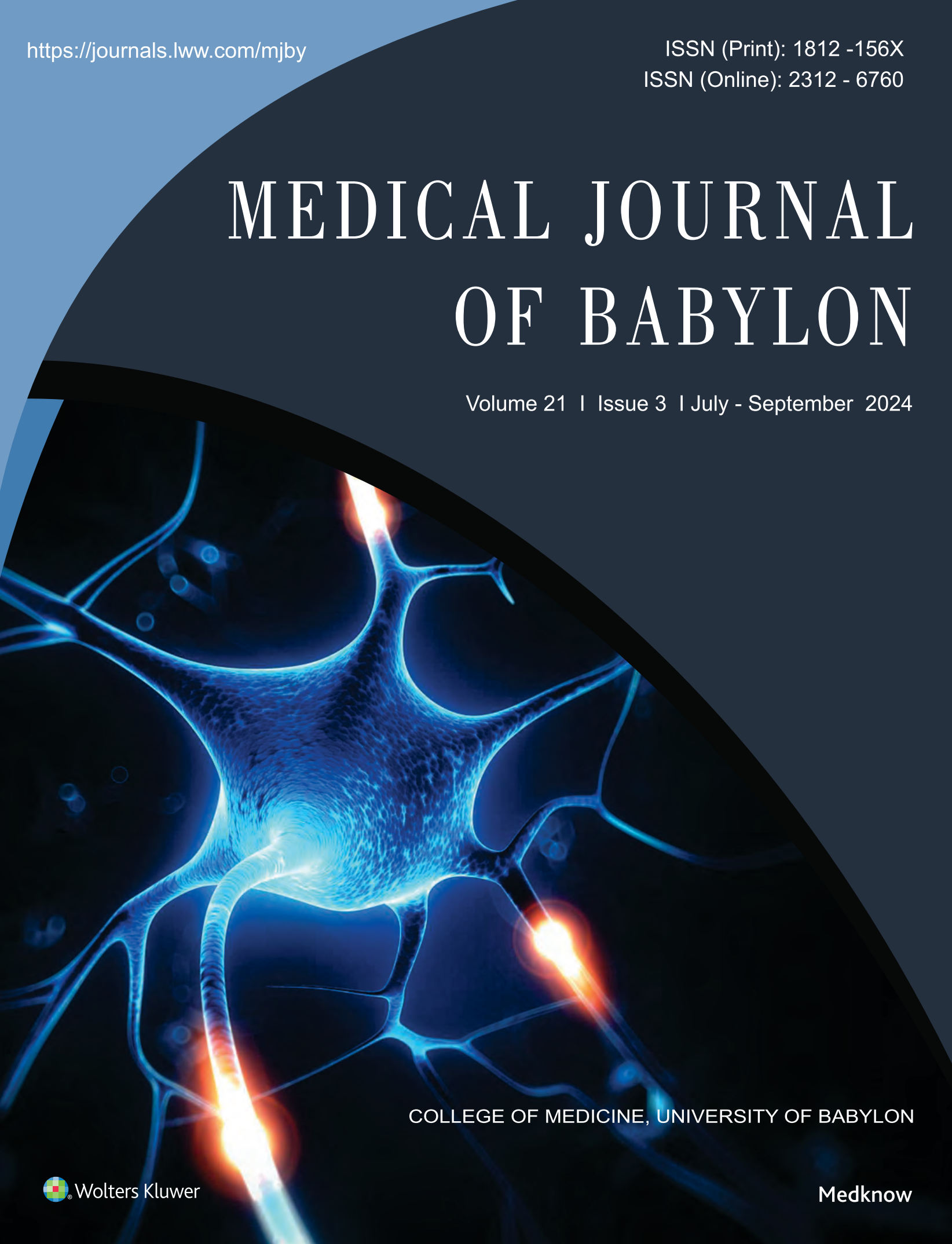Abstract
This study was performed to determine the effect of intracoronal used bleaching agents on adhesion
of bonding agents to pulp chamber dentine.
Forty extracted human maxillary central incisors teeth were randomly divided into four groups of 10
teeth each. Bleaching agents were sealed in pulp chambers for 7 days, as in clinical use. Group
1(control): distilled water, group 2: 35% hydrogen peroxide, group 3: sodium perborate mixed with
water, group 4: sodium perborate mixed with 35% hydrogen peroxide. Teeth were stored in saline at 37
C for 7 days. After the bleaching agents was removed, teeth were leached in water for a further 7 days
prior to bonding. The crown was cut vertically from mesial to distal and the labial pulp chamber
dentine was prepared for bonding with Clearfil SE-Bond and filled resin composite (Clearfil AP-X).
The bonded specimens were kept moist at 37 C for 24 h. microtensile bond strengths were determined
using a universal testing machine. The mean values (±SD) of microtensile bond strength for the
experimental groups were: group 1: 5.29 ±2.21 MPa, group 2: 5.99 ±1.51 MPa, group 3: 9.17 ±1.65
MPa, and group 4: 3.99 ±1.31 MPa. Dentine treated with sodium perborate in water ( group 3) had
significantly higher mean bond strength when compared with the other three groups( p< 0.05, Tukey's
test). Mean bond strength was lowest when dentine was treated with sodium perborate plus hydrogen
peroxide (group 4).
Conclusions In terms of subsequent bond strength during restoration, sodium perborate mixed with
distilled water appears to be the best intracoronal bleaching agent.
of bonding agents to pulp chamber dentine.
Forty extracted human maxillary central incisors teeth were randomly divided into four groups of 10
teeth each. Bleaching agents were sealed in pulp chambers for 7 days, as in clinical use. Group
1(control): distilled water, group 2: 35% hydrogen peroxide, group 3: sodium perborate mixed with
water, group 4: sodium perborate mixed with 35% hydrogen peroxide. Teeth were stored in saline at 37
C for 7 days. After the bleaching agents was removed, teeth were leached in water for a further 7 days
prior to bonding. The crown was cut vertically from mesial to distal and the labial pulp chamber
dentine was prepared for bonding with Clearfil SE-Bond and filled resin composite (Clearfil AP-X).
The bonded specimens were kept moist at 37 C for 24 h. microtensile bond strengths were determined
using a universal testing machine. The mean values (±SD) of microtensile bond strength for the
experimental groups were: group 1: 5.29 ±2.21 MPa, group 2: 5.99 ±1.51 MPa, group 3: 9.17 ±1.65
MPa, and group 4: 3.99 ±1.31 MPa. Dentine treated with sodium perborate in water ( group 3) had
significantly higher mean bond strength when compared with the other three groups( p< 0.05, Tukey's
test). Mean bond strength was lowest when dentine was treated with sodium perborate plus hydrogen
peroxide (group 4).
Conclusions In terms of subsequent bond strength during restoration, sodium perborate mixed with
distilled water appears to be the best intracoronal bleaching agent.
Abstract
الهدف من هذه الدراسة لرؤية مدى تأثير استخدام العنصر القاصر على التصاق عامل الربط مع طبقة العاج الواقعة في لب السن .
أربعون سن بشري أمامي علوي مقطوع قسمت عشوائياً إلى أربع مجاميع كل مجموعة مكونة من عشرة أسنان .تم وضع عنصر
القاصر في لب السن كما مستعمل في داخل العيادة ثم أغلق بإحكام لسبعة أيام .
المجموعة الأولى(المسيطرة) :يستعمل فيها الماء المقطر.
المجموعة الثانية : 35 % هيدروجين بيروكسايد .
المجموعة الثالثة : صوديوم بيربوريت مخلوط مع الماء.
المجموعة الرابعة: صوديوم بيربوريت مخلوط مع 35 % هيدروجين بيروكسايد.
37 لمدة سبعة أيام ثم يرفع القاصر وتوضع في الماء لسبعة أيام C° بعد ذلك تخزن الأسنان في محلول ملحي بدرجة
ثم تخزن في جو رطب (Clearfil) إضافية , يقطع تاج السن عمودياً وتحضر طبقة العاج في منطقة لب السن لاستقبال نوع الرابط
37 لمدة أربع وعشرون يوماً .تحضر النماذج لقياس قوة شد الرابط باستخدام ماكنة الفحص العالمية . C° بدرجة
أظهرت النتائج بأن العاج المعالج بمادة صوديوم بيربوريت مع الماء أعطى أعلى قوة رابط عند مقارنته مع المجاميع
الأخرى .
أربعون سن بشري أمامي علوي مقطوع قسمت عشوائياً إلى أربع مجاميع كل مجموعة مكونة من عشرة أسنان .تم وضع عنصر
القاصر في لب السن كما مستعمل في داخل العيادة ثم أغلق بإحكام لسبعة أيام .
المجموعة الأولى(المسيطرة) :يستعمل فيها الماء المقطر.
المجموعة الثانية : 35 % هيدروجين بيروكسايد .
المجموعة الثالثة : صوديوم بيربوريت مخلوط مع الماء.
المجموعة الرابعة: صوديوم بيربوريت مخلوط مع 35 % هيدروجين بيروكسايد.
37 لمدة سبعة أيام ثم يرفع القاصر وتوضع في الماء لسبعة أيام C° بعد ذلك تخزن الأسنان في محلول ملحي بدرجة
ثم تخزن في جو رطب (Clearfil) إضافية , يقطع تاج السن عمودياً وتحضر طبقة العاج في منطقة لب السن لاستقبال نوع الرابط
37 لمدة أربع وعشرون يوماً .تحضر النماذج لقياس قوة شد الرابط باستخدام ماكنة الفحص العالمية . C° بدرجة
أظهرت النتائج بأن العاج المعالج بمادة صوديوم بيربوريت مع الماء أعطى أعلى قوة رابط عند مقارنته مع المجاميع
الأخرى .
